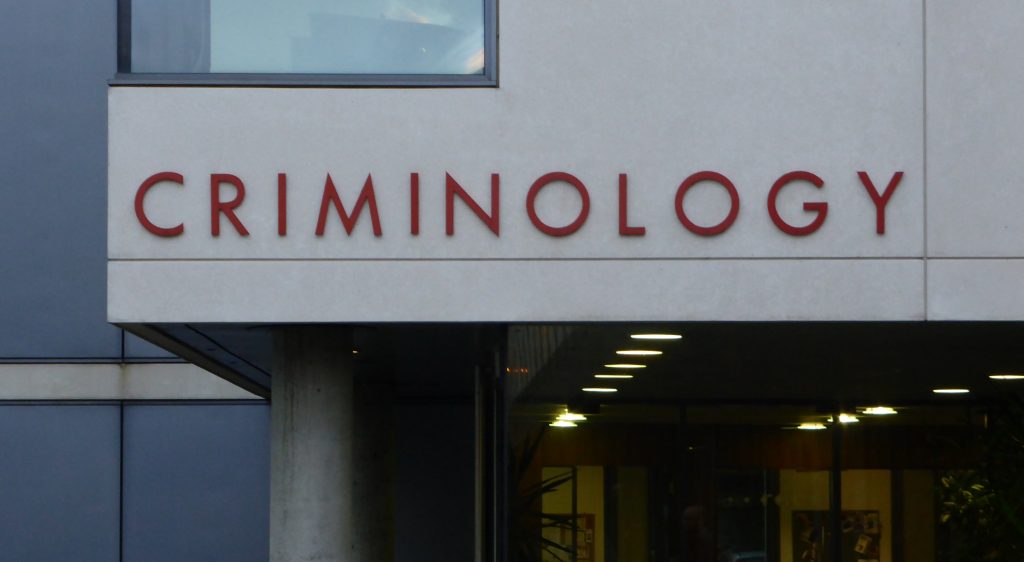2. Criminological Theory

Learning Objectives
This section introduces the importance of theory and theory creation. It also briefly describes some of the major concepts of criminal explanations. After reading this section, students will be able to:
- Differentiate between Classical, Positivist, Chicago, Neoclassical, and Contemporary Schools of Criminological Theory
- Differentiate the links between crime control policy and theories of criminal behavior
- Demonstrate effective application of criminological theories to behavior
Critical Thinking Questions
- How do we know what theories explain crime better than others?
- How did the Classical Theory of crime influence the American Criminal Justice System?
- Why is it difficult to study the biological theories of crime without thinking about the social environment?
- Could causation theory have progressed without the influence of Positivist theorists? Why?
- Why do you believe there have been so many different theories to explain the origins of criminal behavior?
Background Knowledge Probe:
Each chapter will begin by assessing your current knowledge about different criminal justice topics. Each of these topics will be covered by the chapter – meaning that you should be able to answer them correctly after you have completed the reading. All definitions can be seen by clicking on the bolded vocabulary terms in each chapter.
Please drag and drop the correct answer in the blank space provided. This is an ungraded exercise, but you may want to record which questions you answer incorrectly, so that you can verify that your knowledge has improved by the end of the chapter.

